Transcription of Chapter 8: Perceiving Depth and Size
1 Chapter 8: Perceiving Depth and SizeCues to Depth Perception Oculomotor- cues based on sensing the position of the eyes and muscle tension1. Convergence knowing the inward movement of the eyes when we focus on nearby objects2. Accommodation feedback from changing the focus of lens. Monocular- cues that come from one eye. Two categories:Cues to Depth Perception1. Pictorial cues- sources of Depth information that come from 2-D images, such as pictures2. Movement-produced cuesOcclusion- when one object partially covers anotherRelative height- objects that are higher in the field of vision are more distantPictorial CuesPictorial Cues Relative size- when objects are equal size, the closer one will take up more of your visual field Perspective convergence- parallel lines appear to come together in the distance Familiar size- distance information based on our knowledge of object sizePictorial Cues Atmospheric perspective- distance objects are fuzzy and have a blue tintTexture gradient- equally spaced elements are more closely packed as distance increasesPictorial CuesShadows can help indicate distancePictorial CuesPictorial CuesShadows can help indicate distanceName the pictorial cues in this sceneatmospheric perspectivetexture size (familiar size)
2 Gradient6123457 Cestello Annunciationby Sandro Botticelli, circa the pictorial cues in this sceneMotion-Produced Cues Motion parallax- close objects in direction of movement glide rapidly past but objects in the distance appear to move slowly Deletion and accretion- objects are covered or uncovered as we move relative to them Also called occlusion-in-motionBinocular Depth Information Binocular disparity - difference in images between the two eyesPoint of fixationPoints away from fixation will usually have binocular disparity: the point will project to different places on the two this example, the disparity on the left is smaller than the disparity on the make vergence movementsto keep an object at fixation on the fovea of both disparityFor objects straight in front of you, if it s in front of fixation: crossed disparitybehind fixation: uncrossed disparityOnce you re fixating, the relative positions of other locations on the two retinascan serve as a cue to s a little more complicated for objects that aren t directly in front of you.
3 The horopter- imaginary circle that passes through the point of on the horopter fall on corresponding points on the retinaAll objects on the horoptor have neither crossed, nor uncrossed disparityObjects inside the horoptor have crossed disparity: Inside the horoptor, objects in the near eye have less outside the horoptorhave uncrossed disparityOutside the horoptor, objects in the near eye have more images of a stereoscopic photograph. The difference between the two images, such as the distances between the front cactus and the window in the two views, creates retinal disparity. This creates a perception of Depth when (a) the left image is viewed by the left eye and (b) the right image is viewed by the right eye. Stereopsis- Depth information provided by binocular disparity Stereoscope uses two pictures from slightly different viewpoints 3-D movies use the same principle and viewers wear glasses to see the effectRandom-dot stereogram has two identical patterns with one shifted to the right Auto stereograms work on the same principle.
4 Neurons have been found that respond best to binocular disparity Called binocular Depth cells or disparity selective cells These cells respond best to a specific degreeof disparity between images on the right and left retinasPhysiology of Depth Perception(Show Hubel and Wiesel s binocular neuron movie)Connecting Binocular Disparity and Depth Perception Experiment by Blake and Hirsch Cats were reared by alternating vision between two eyes Results showed that they: Had few binocular neurons Were unable to use binocular disparity to perceive depthAround 10% of human adults cannot use stereopsis for Depth are stereoblind .Stereopsis isn t helpful for distances beyond about 6 feet PerceptionDistance and size perception are interrelatedTheVisual angledepends on both the size of the object and the distance from the observerThe moon and sun subtend about degrees of visual angle, your thumb subtends about two degrees, and your average computer monitor subtends about 30 degrees (assuming you are viewing it from two feet away).
5 These two dogs subtend approximately the same visual moon s disk almost exactly covers the sun during an eclipse because the sun and the moon have the same visual Constancy Perception of an object s size remains relatively constant This effect remains even if the size of the object on the retina changesPDRk=P=RkDP~RDPDRkSize-distance scaling equation:Perceived size (P)~ retinal image size (R)X perceived distance (D)Size-Distance Scaling Emmert s law: use an afterimage to keep retinal image size constant. If you keep the retinal image size constant, changing the perceived distance should change the perceived size (P)~ retinal image size (R)X perceived distance (D)Emmert s law:Many visual Illusions are caused by manipulations of size constancy. 1990 RM ShepardWhat s going on here?perceived size = retinal size X perceived distanceperceived size= retinal size X perceived distanceMonocular cues to Depth : relative height, perspective convergence, texture gradient Now we understand the Ponzo Illusion.
6 Perceived size = retinal size X perceived distanceperceived size= retinal size X perceived distanceMonocular cues to Depth : relative height, perspective convergenceWho s bigger now?The Muller-Lyer IllusionThe Muller-Lyer IllusionPerspective cues to Depth make the vertical bar on the right appear farther away, which makes it look Shepard s tables illusion Perceptive cues can strongly alter our perception of size, and therefore size = retinal size X perceived distanceFailures of size constancy is why things look small from an tend to misjudge long distances as being size= retinal size Xperceived ~boyaci/ psychophysics to measure size constancy experiment by Murray et al. (2006)Measure responses in retinotopic area V1 Can effects of size constancy be found in the visual cortex?MRI Signal (%)Eccentricity (degrees)fMRI experiment by Murray et al.
7 (2006)In V1, the retinotopic representation of the ball increased with the increased perceived size of the ball, even though it was the same size on the retina!Perceptual Effect MagnitudefMRI Effect SizeIndividual DifferencesSubjects who perceived a stronger illusion showed a bigger effect in IllusionMoon Illusion Moon appears larger on horizon than when it is higher in the sky One possible explanation: Apparent-distance theory - horizon moon is surrounded by Depth cues while moon higher in the sky has none Horizon is perceived as further away than the sky - called flattened heavens Moon Illusion Moon appears larger on horizon than when it is higher in the sky One possible explanation: Apparent-distance theory - horizon moon is surrounded by Depth cues while moon higher in the sky has none Horizon is perceived as further away than the sky - called flattened heavens

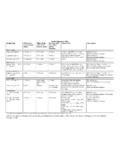

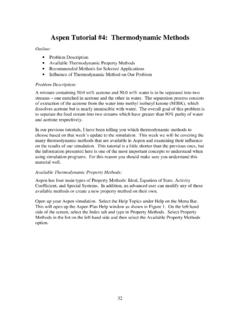

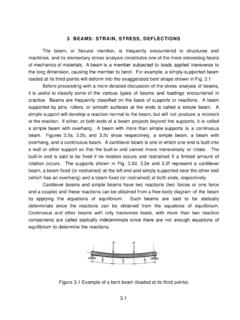
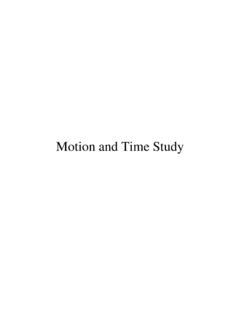
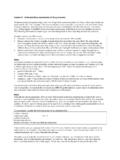
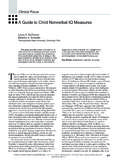

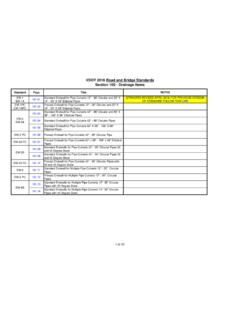
![ABSTRACT arXiv:1409.1556v6 [cs.CV] 10 Apr 2015](/cache/preview/4/e/0/e/4/4/2/c/thumb-4e0e442c20fc4f8e108fa20a1095af07.jpg)

